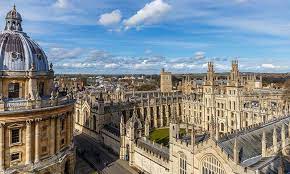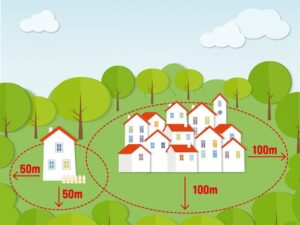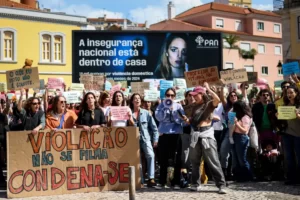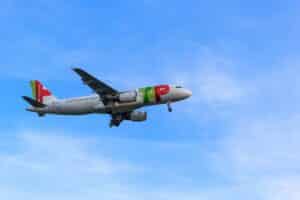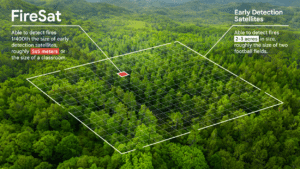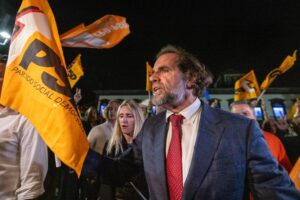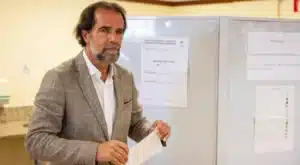Spanish Canadair water-bombers on second day of operations
Madeira’s devastating wildfire has entered its 10th day, in spite of muscled combat involving reinforcements from the mainland, and the Azores, and the temporary loan by Spain of two Canadair water-bombers.
That said, a civil protection source has told Lusa that results are visible: the fires are still active on the island’s central mountain range – but “the news is good” from one of the flanks in the municipality of Ponta do Sol, albeit the issue of “several reignitions” means there is no respite.
“We’re there with our staff to keep watch. These are all areas where it’s impossible to intervene, very steep areas where the firefighters can’t intervene”, António Nunes, president of the regional civil protection service explained – adding that the arrival yesterday of the Canadairs has helped contain the fires’ progress through the mountain range.
“This fire was beginning its descent towards Fajã da Nogueira, but there is an active focus beyond the north of Caldeirão Verde, Santana, and it is in these areas that we will focus our action from 8.30 am today, when the Canadair planes can take off, to see what they can do”, he said, early this morning.
Last night’s evening news explained the pros and cons of the use of Canadairs. Yes, they pack a considerable punch when it comes to dumping water (12,000 tons between the two of them), but it has to be fresh water (drinking water, in other words) – and to access this the planes have to fly back and forth to Porto Santo for ‘refuelling’, which takes infinitely longer than if they could restock with water from the sea.
Also this morning, Nunes reported that the world heritage Laurissilva forest is being affected, albeit flames are moving “much slower, due to the type of vegetation”. This in itself is terrible news, in that the Laurissilva forest is irreplaceable – a form of living fossil dating back thousands of years.
This wildfire has shown how different firefighting in Madeira is from firefighting on the mainland. On the mainland when there is a monster blaze it is tackled by dozens of planes and helicopters and hundreds of firefighters from all over the country.
In Madeira, the layout of the land makes all this logistically impossible (not to mention the fact that the manpower simply is not existing).
Right now, there are “around 60-70 personnel on the ground, divided between the two fronts”, said Nunes – while politically, the anger over how poorly this debacle appears to have been managed continues to bristle.
At a press conference following yesterday’s Council of Ministers on the mainland, minister of the presidency António Leitão Amaro stressed this is a fire that should concern the whole country.
“The loss of natural life, the loss of natural capital, naturally concerns us and is to be regretted”, he said. Indeed, the scope of this loss cannot be quantified at this point – and when it is, it will be shocking and tragic.
“On the other hand, as of today, at this hour, there has been no loss of human life, no loss of homes or critical infrastructure. Within something that is always to be regretted and a natural tragedy, the absence of human victims and loss of homes is a fact that reduces this distress”, admitted Leitão Amaro, who stressed the “government of the republic” is “constantly monitoring the situation at various levels, from heads of government to ministers and regional secretaries, as well as operational structures.
He also explained the constraints suffered by Portugal in terms of the availability to help Madeira with its own firefighting fleet.
“While the Spanish Canadairs can fly from Málaga, where they were, to the Autonomous Region of Madeira, where they are already at this hour, making stops, I think in the Canary [Islands], I’m not sure, [but] always flying, so in a quick journey, in the case of the Portuguese Canadairs, which have a different model, a shorter flight autonomy, they would have to be transported by ferry or freighter, which would take three days at least”, he said.
Portugal activated the European Civil Protection mechanism after it became clear that its own means were not sufficient to halt this blaze which has already devoured roughly 15% of Madeira’s landscape. Putting this into exact numbers has been ‘difficult’: some sources talk of upwards of 8,000 hectares, others of over 5,000. Whatever the final tally, the devastation to flora and fauna, some of it supremely precious, will only became clear when the smoke clears.
Criticism for the ‘leadership’ through this crisis continues. It is already well established that the fires may have begun due to fireworks at a traditional festival. This however has not stopped fireworks continuing to be authorised for festivals, even during this period of firefighting.
Madeira’s regional governor Miguel Albuquerque however insists the fires began as a result of arson.
PJ police are described as ‘investigating’.
Source material: LUSA/ SIC Notícias/ Correio da Manhã

